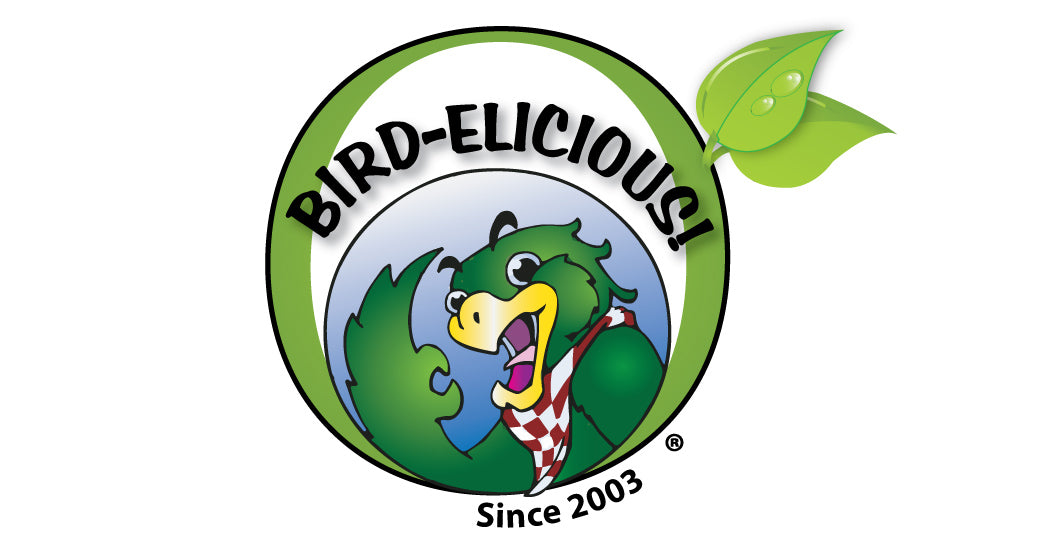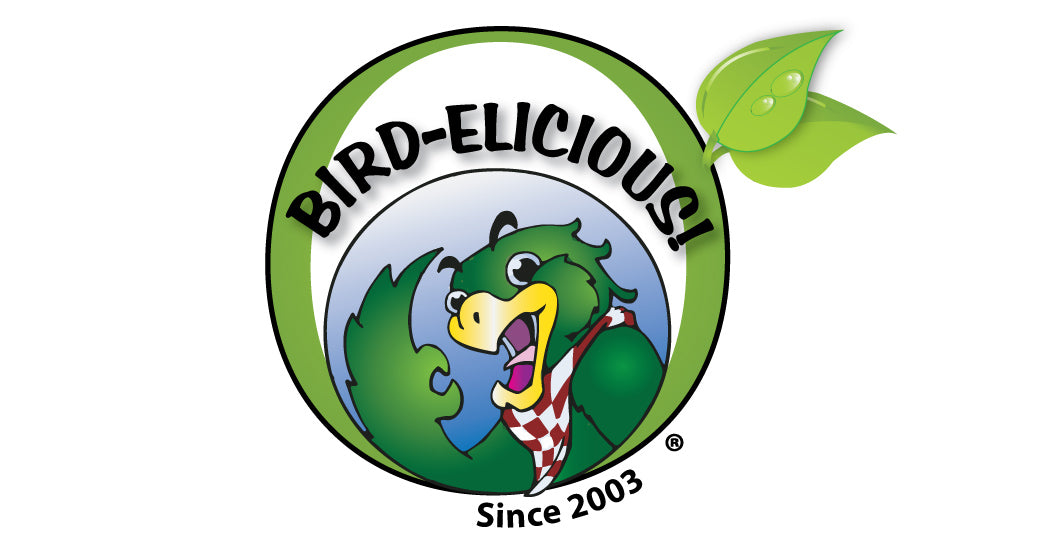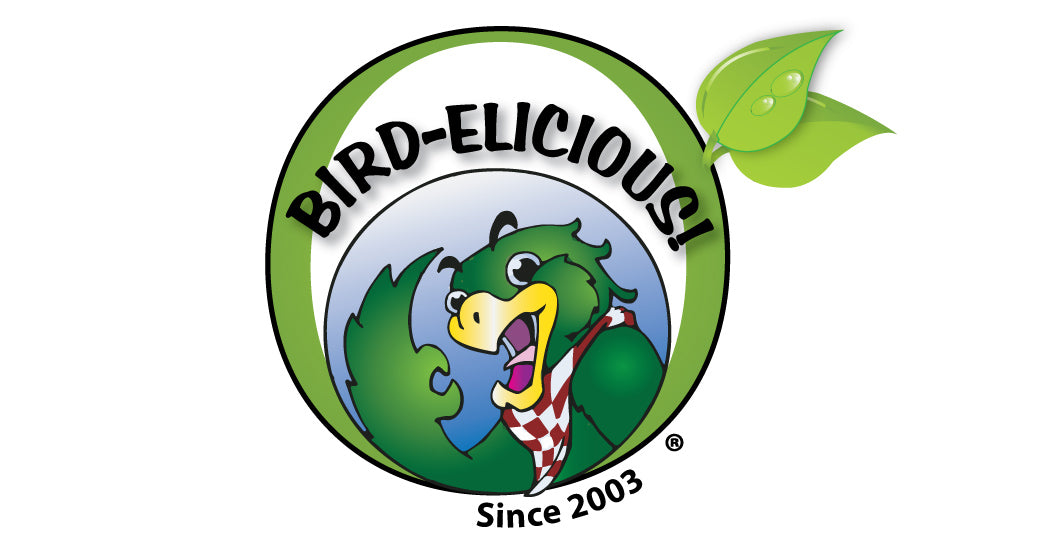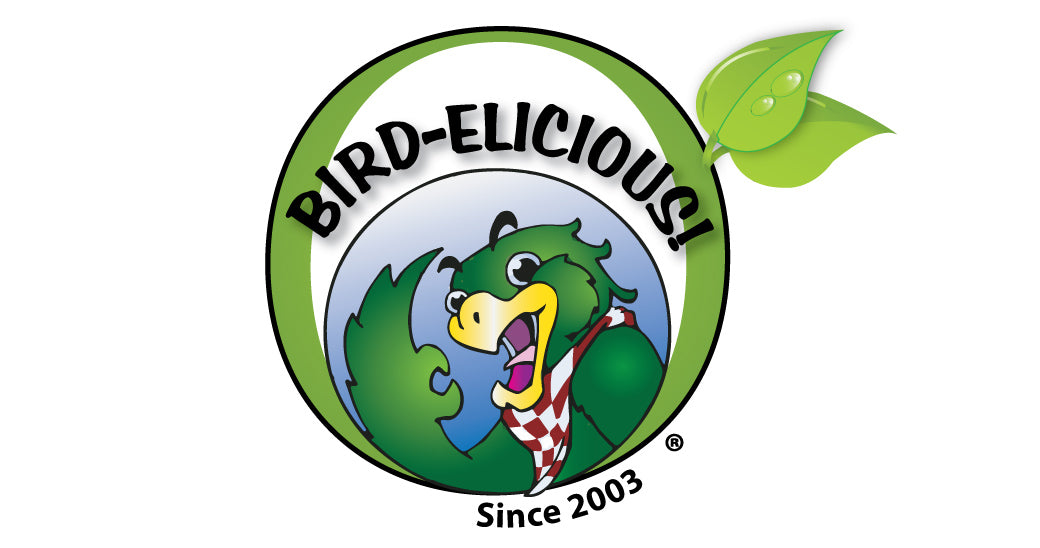First of all we need to understand what oxalic acid does to the internal organs of our birds, specifically the kidneys. Like humans, birds can develop renal calcuri (kidney stones), a buildup of calcium oxalates. Most often this is due to insufficient hydration and/or over-supplementation of synthetic Vitamin D. With so many of our companion birds on pelleted diets nowadays I am justifiably concerned about sufficient hydration (ever notice how parrots will frequently “dunk” their extruded foods in their water bowls?) and I am even more concerned about over-supplementation of synthetic Vitamin D. Many bird food manufacturers use synthetic Vitamin D piggy-backed in on synthetic Vitamin A to ensure adequate supplementation of both due to the fact that naturally occurring vitamins are stripped out of the whole-food ingredients during the high-heat processing methods used in manufacturing extruded pellets/nuggets. Because one vitamin is often piggy-backed on top of another it is difficult to obtain the correct ratio of each vitamin and easy to over-supplement one vitamin while under-supplementing the other; which vitamin will lack and which will be over-supplemented is the million dollar question. Since these vitamins are not naturally occurring, bio-identical vitamins Nature supplies they can become quite toxic to the liver and kidneys adding to the potential problem of renal calcuri.
Also before we go “deep” into oxalates let me say that this constituent in foods can be removed by cooking. However, keep in mind that whenever heat is involved a tremendous loss in nutrients such as the naturally occurring digestive enzymes, fatty acids such the Omega 3s and the fat-soluble and water-soluble vitamins are also lost.
Secondly many of the so-called “healthy foods” containing oxalic acid are botanically classified vegetables high in “cellulose”. Yep, there’s THAT word again. While it is entirely true that the oxalic acid in the food that contains it only binds the calcium in that food and does not bind the calcium in any other foods eaten at the same meal, the cellulose in that food *strips* the calcium, and other nutrients from the digestive tract of all foods traveling through the digestive tract at the same time as THAT food!
Let’s go over cellulose again, what it is, and what it does.
Cellulose is an indigestible, insoluble fiber found abundantly in botanically classified vegetables. It acts as a laxative. Only living creatures who produce “cellulase”, the digestive enzyme that breaks down cellulose, and/or living creatures with “ceca” the organ that pulverizes cellulose into a liquid to be reabsorbed back into the metabolic system can properly digest and metabolize cellulose. Birds do not produce cellulase, neither do humans. Parrots do not have ceca, humans and other mammals and poultry DO. Parrots are not mammals. There we have it, parrots cannot make use of cellulose, humans and other mammals can make use of cellulose. Cellulose in a parrot’s digestive tract serves no purpose other than acting as a laxative stripping nutrients from a bird’s system.
Notice in the links I have provided that several of the so-called “healthy foods” we have been accustomed to feeding our birds such as spinach, beet greens, chard and kale all contain high amounts of oxalic acid. These are also foods that contain high amounts of cellulose. Comparatively there are a couple of very healthy greens like parsley and dandelion greens that also contain high amounts of oxalic acid, however they do not contain cellulose they contain hemicellulose as their main fiber. Cilantro is a healthy tender green that does not contain a high level of oxalic acid and its main fiber is hemicellulose!
Hemicellulose is a soluble fiber meaning that it gently flushes the digestive tract while also delivering nutrients, not stripping nutrients from the digestive tract as it passes through. This kind of fiber is more likely the kind of fiber, along with pectin fiber that parrots would consume in their native origins the Rain and Arid Forests. Hemicellulose is easily hydrolyzed (broken down) by a mild acid base (think hydrochloric acid in the digestive tract) whereas cellulose is not broken down at all.
As for nuts and seeds that contain oxalic acid, well they do not contain cellulose that can strip away nutrients from other foods as they pass through the digestive tract, but they do contain phytic acid (\ˌfīt-ik-\) that inhibits the absorption of other nutrients such as calcium, phosphorus, magnesium and protein. This problem is easily resolved by soaking nuts overnight before serving. Once soaked then rinse, then briefly soak in 3% FOOD GRADE hydrogen peroxide for about 5-10 minutes, then rinse thoroughly with filtered water before serving. Regarding seeds, I suggest sprouting until a tail is just barely visible. This is when the digestive enzyme “amylase” is at the highest level. Amylase is the digestive enzyme necessary for the hydrolysis (breaking down) of starch. This is absolutely necessary for parrots due to the fact they do not produce amylase in their mouth like humans do. After sprouting rinse in the same manner as described for the nuts above.
In review, please, please, please perform your due diligence when reading nutritional articles. I truly desire that your parrots are as healthy as they possibly can be and that you have the most correct information you can have at your disposal; this is my goal and my mission. This is my passion and my purpose.
Additional Bullet Points:
*SEASONAL FEEDING: Parrots DO NOT eat “seasonal” in their natural habitats. Rain and Arid Forests vary in seasonal changes having only two “seasons” all year round, and the second season is very short. Therefore almost all foods are the same foods available all year round. Please do not fall into believing the misinformation that we must feed our parrots according to “season”; this is simply false information!
*COOKING: Parrots do not cook in the wild! When food is cooked most of the primary nutrients are lost such as the naturally occurring digestive enzymes, fatty acids such as Omega 3s, the fat-soluble and water soluble vitamins.
*FREEZING further causes loss of nutrients by bursting the cell walls of each nutrient.
*KIBBLE: When feeding any pre-formulated food to your beloved companion feathered friend make sure it is not a highly processed and/or heat-processed kibble. Highly processed foods lack naturally occurring digestive enzymes, fatty acids and essential vitamins. In addition make sure the formulated foods you are feeding are laboratory-tested for a guaranteed analysis and that the manufacturer is licensed both locally and state to produce pet foods. If they claim their product meets the RDA for parrots make sure the label provides proof.
*INGREDIENTS: Make sure the first three or four ingredients of any pre-formulated food you feed to your beloved companion bird are foods your bird would first and foremost choose in the wild such as mango, papaya, green banana and tender greens, not grains. Your tropical exotic parrot is not a true granivore unless it is a Cockatiel. In that case Cockatiels do consume a high seed diet laced with fruit-like veggies such as bell peppers, okra, zucchini and some of the starchy squashes and a limited amount of legumes. As for our tropical parrots they require, and not fed as an option tropical fruits and tender, hemicellulose greens at the top of their diet, not grains. Grains will do nothing more than add to the potentiality of fatty liver disease.
*CLAIMS: If a manufacture claims their product is certified organic make sure their claim is substantiated and that they are listed as certified under the U.S. Dept. of Agriculture as legally allowed to make that claim: http://apps.ams.usda.gov/nop.
If they are not listed as a certified operation you may report them as allegedly falsely advertising their products as “organic” by emailing the U.S. Dept. of Agriculture at this address: NOPCompliance@ams.usda.gov.
More information here: http://www.ams.usda.gov/AMSv1.0/ams.fetchTemplateData.do?template=TemplateE&leftNav=NationalOrganicProgram&page=NOPFileaComplaint&description=File%20a%20Complaint&acct=nopgeninfo.
*REFERENCES & LINKS: When reading any online article be sure to look for citations backing up the author’s opinions and facts. Remember, statements are nothing but opinions, not facts until they are backed up with references and citations. If a link is included in the article make sure it is a valid reference or citation and not just a link leading to page trying to sell something to you.
Happy foraging!
©11.7.2015 Machelle Pacion Passion Tree House LLC All Rights Reserved
Ref: http://www.ars.usda.gov/Main/docs.htm?docid=9444
http://www.whfoods.com/genpage.php/genpage.php?tname=george&dbid=48
http://www.nhs.uk/Conditions/Kidney-stones/Pages/Causes.aspx
http://www.raw-foods-diet-center.com/oxalic-acid.html
http://www.petsnails.co.uk/documents/oxalates.html
http://www.westonaprice.org/health-topics/living-with-phytic-acid




Leave a comment (all fields required)